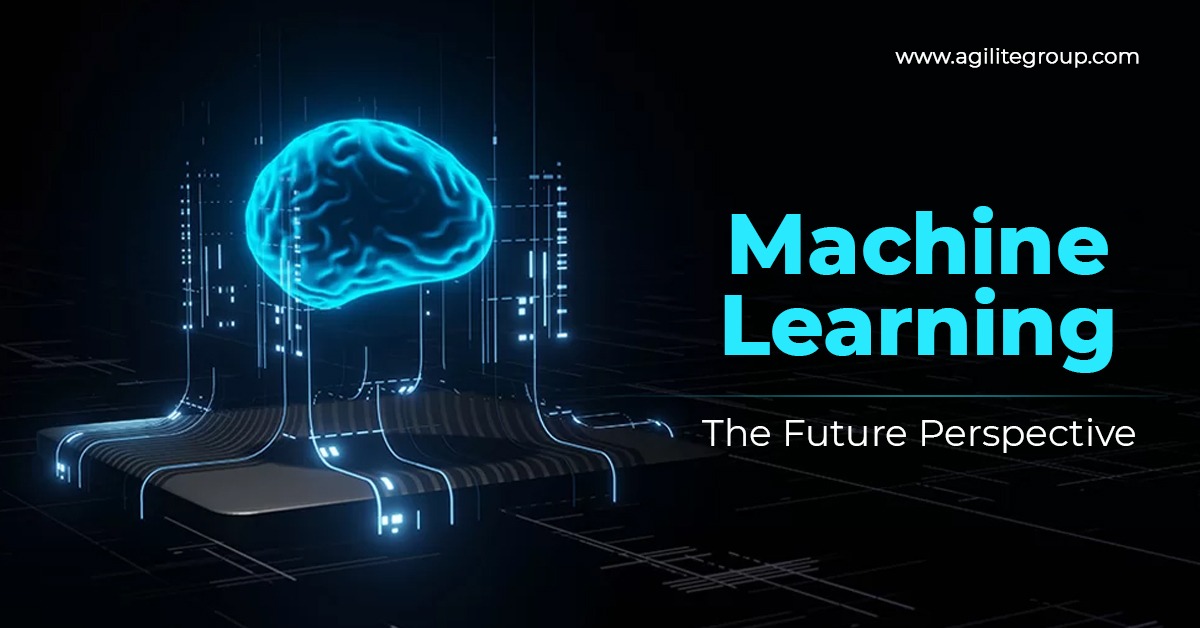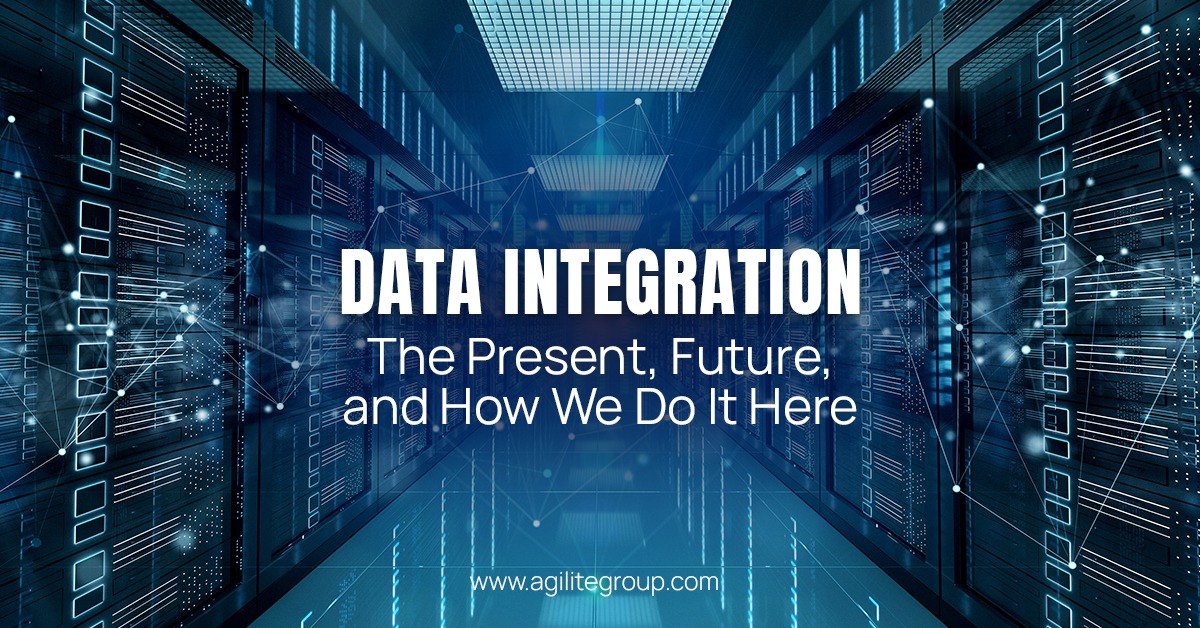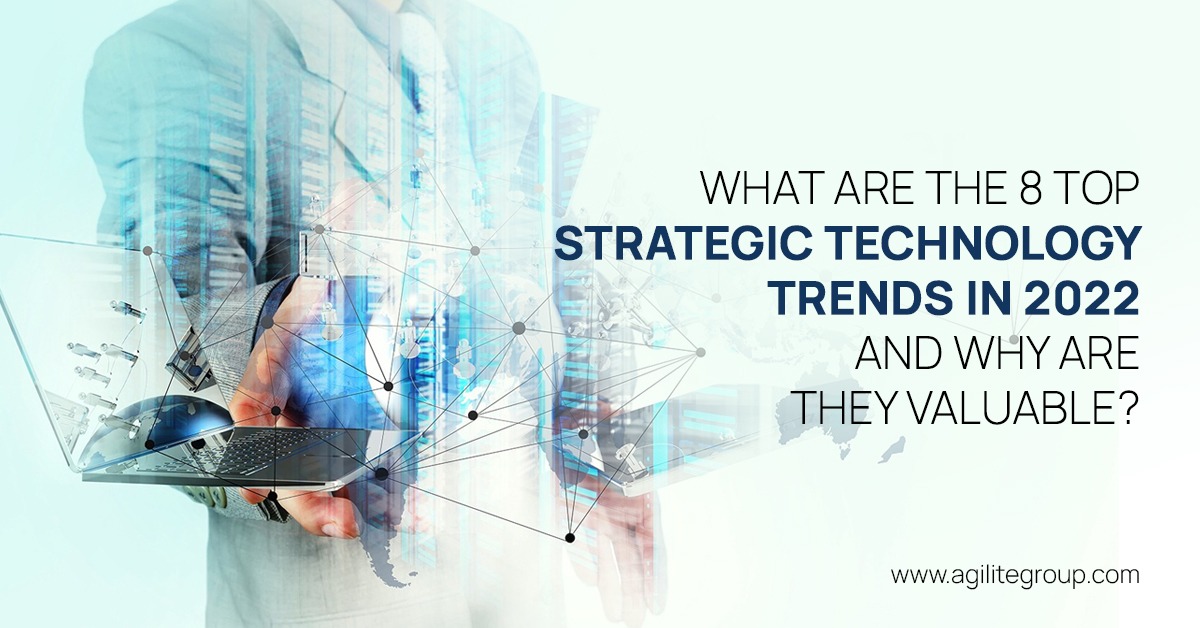
In 2020, companies and consumers have had to go digital. That also goes down in history. From now on, AgilteGroup expects any company to be strategic (not reactive as before) in the field of data and analytics. This is the new normal.
Coronavirus pandemic must be used by businesses as a challenge, an opportunity to use, if not already achieved, emerging technologies to deal with industry turmoil.
Companies are always looking at a blind spot and without data analytics! This is evident today in the ecosystem where data analytics allow businesses to better analyze their customers interest to remain ahead of their rivals. Data analysis infrastructure could also be quintupled by 2024, as this capability is rapidly increasing for businesses.
In this respect, we forecast five trends for 2021 which can transform your business.
1. AI – More responsible, smarter, quicker.
According to Gartner, by the end of 2024, 75% of businesses will have moved from piloting to implementing AI, resulting in a 5-fold increase in streaming data and analytics infrastructure. The current approaches have flaws. Pre-covid forecasts based on massive amounts of historical data could no longer be reliable.
Disruptions in AI, on the other hand, can enable learning algorithms such as reinforcement learning, interpretable learning, and explainable AI possible, as they are supported by powerful infrastructure such as advanced computing and new generations of chips.
2. Accelerated Adoption of Augmented Analytics
In 2021, augmented analytics is expected to become ubiquitous. By 2023, organizations that use active metadata, deep learning, and data fabrics to dynamically bind, simplify, and automate data management processes will minimize data distribution time by 30%.
It means that businesses can speed up business intelligence (BI), machine learning, and artificial intelligence (AI) to assist decision-makers in gaining insights quicker.
In addition, augmented analytics is expected to assist companies in moving away from dashboards and toward data stories, allowing them to consume context-based information and make timely business decisions.
Another significant advancement in augmented analytics is the inclusion of natural language to send questions via voice or email, allowing users to request the information they need.
3. The Knowledge Graph segment is rising
Knowledge graphs help data scientists increase their efficiency by allowing them to explore and understand associations between heterogeneous data.
Graph databases are not a new development, but the community experienced the most rise in 2020 (a 119 percent increase) thanks to the global pandemic, according to the knowledge and services review website G2.
In combination with AI and machine learning algorithms, information graphs can help provide context and reasoning to outcomes.
Fraud detection, social network management, and the healthcare sector are likely to be among the primary use cases.
4. Practical Blockchain in use (for data and analytics):
Blockchain, according to Gartner, can be used in data and analytics for vertically related, business-driven applications like smart contracts. It will not be used to supplement existing data storage technologies.
Blockchains are not often more trustworthy than other types of data. As per Gartner, by 2023, businesses using blockchain smart contracts would increase overall data quality by 50% while decreasing data access by 30%, resulting in an ambitious data and analytics ROI.
5. Evolve & Embrace Automation
The goal of automation is to reduce human activity while still improving the accuracy and value of the data you work with. On a personal basis, it’s about automating routine manual activities such as data validation, data entry, report compilation, knowledge exchange, and email and message sending.
The idea of application integration will help unify the IT world and synchronize all knowledge within an enterprise through an organisation. Every department should use the most sophisticated systems for the job, and automation should be used to link them together.
Begin by defining which manual processes involve repeated activities or multiple handoffs in order to accept automation. Spending a few hours designing an automatic data processing workflow in FME or releasing a self-serve data portal for activities that you or your team perform often will save you a lot of time in the long run.







